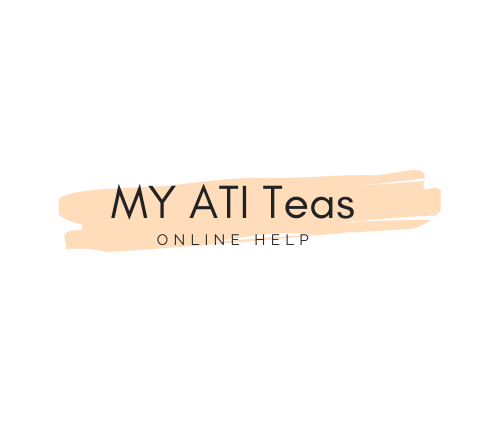Effective Meetings
Assignment 2: Dropbox Assignment
Effective Meetings
In this assignment, you will study how a leader can conduct a variety of meetings effectively.
Complete the following tasks:
- Read the following articles:
-
Are You Running Meetings, Or Are Meetings Running You? (n.d.). Retrieved from http://www.bates-communications.com/articles-and-newsletters/articles-and-newsletters/bid/59464/Are-You-Running-Meetings-Or-Are-Meetings-Running-You
-
Matthews, A. (2009, October 14). 6 Secrets Of Effective Meetings. Retrieved from https://www.youtube.com/watch?v=ZSft2OeMmzQ
-
Meeting Basics, Leading a Meeting – Before, During and After. (n.d.). Retrieved from http://www.effectivemeetings.com/meetingbasics/before.asp
-
Taking Charge of Poorly Led Meetings When You are Not the Leader | Facilitative Leadership & Facilitator Training. (n.d.). Retrieved from http://terrencemetz.com/2012/12/13/taking-charge-of-poorly-led-meetings-when-you-are-not-the-leader/
-
- Attend a meeting. The meeting can be any one of the following:
- A work-based meeting
- Municipality, township, or school district meeting
- A meeting for an organization you might be involved with
- Any other meeting you can identify within the course required time frame.
Part I
Based on your reading, understanding of the articles, and your experience in the meeting you attended, answer the following questions:
-
- Where is the meeting being conducted, and what is its purpose? Is the meeting focused on communications or problem solving, or is it a meeting with no specific agenda?
- Is the meeting a regularly scheduled event, such as a monthly scheduled meeting or a meeting to address a specific matter?
- Does the meeting have a set communication designed with relevant information to advance the meeting? Please explain.
- Was the meeting opened with an announcement or explanation of its purpose and importance?
- What was the communication style of the meeting’s leader or facilitator?
- What were the leader’s bases of power? Select from a number of conceptual paradigms and elaborate on your selection.
- Authoritative
- Knowledge and Expertise
- Correction or Castigation
- Reward or Incentive
- Persuasion
- Mentoring or Coaching
- Relationships or Individual or group interactions
- Direction or Vision
- Charismatic or Personable
- Did the members or attendees have an opportunity to express opinions? Were they asked for suggestions, ideas, and information?
- Did you recognize any conflict, disrespect, or tension among the members or attendees? If so, was the source of the conflict evident?
- Did you observe the participants’ body language (such as posturing, positioning, or gesturing) when different topics were introduced? Describe it.
- What was the intended outcome of the meeting? Was it achieved? Why or why not? What were the pivotal moments of the meeting which contributed to its success or failure?
Part II
Complete the following tasks to provide an overall critique of the meeting you attended:
-
-
- Identify the positive, effective qualities of the meeting in one list, and identify the qualities which were ineffective in a separate list.
- Arrange each list from top to bottom, from most important to least important.
- Take the top three ranked factors from each list and explain the affect they had on the meeting.
-
Part III
You need to organize a meeting to introduce a new project in a health service organization. The project is sufficiently complex in size and nature to require an expanded cross-section of expertise from within and outside the organization. You are responsible for inviting the necessary individuals and representatives of involved departments and professional functions to the meeting.
Based on the principles contained in the articles, textbook, and elected independent research provided in the course, complete the following tasks:
-
-
- Develop an agenda for the meeting.
- Provide information, expertise, and background on the invited attendees. Explain the rationale and intended functional expertise each attendee brings to the group.
- Recognize and develop measurable objectives to assess the success of the planned meeting.
-
Compile your responses to Parts I, II, and III in a 7- to 8-page Microsoft Word document.
Support your responses with examples.
Cite any sources in APA format.
Submission Details
Name your document SU_HCM4007_W5_A2_LastName_FirstInitial.doc.
Submit your document to the W5 Assignment 2 Dropbox by Tuesday, December 20, 2016.
| Assignment 2 Grading Criteria |
Maximum Points
|
| Attended an appropriate meeting and explained its purpose clearly. |
20
|
| Described the communication style of the meeting’s facilitator. |
20
|
| Justified and elaborated on the bases of power of the facilitator. |
20
|
| Analyzed, reviewed, and incorporated the concepts of the four articles in your response. |
25
|
| Summarized an overall critique of the meeting, listing all relevant points. |
20
|
| Analyzed the success or failure of the meeting, and explained the key elements of the meeting which contributed to its success or failure. |
30
|
| Developed a meeting agenda for introducing the new healthcare project. |
25
|
| Selected attendees with respect to their functional expertise and described what their contributions will be in the meeting. |
20
|
| Developed measurable criteria to assess the success of the meeting. |
20
|
| Written components. |
50
|
| Total: |

